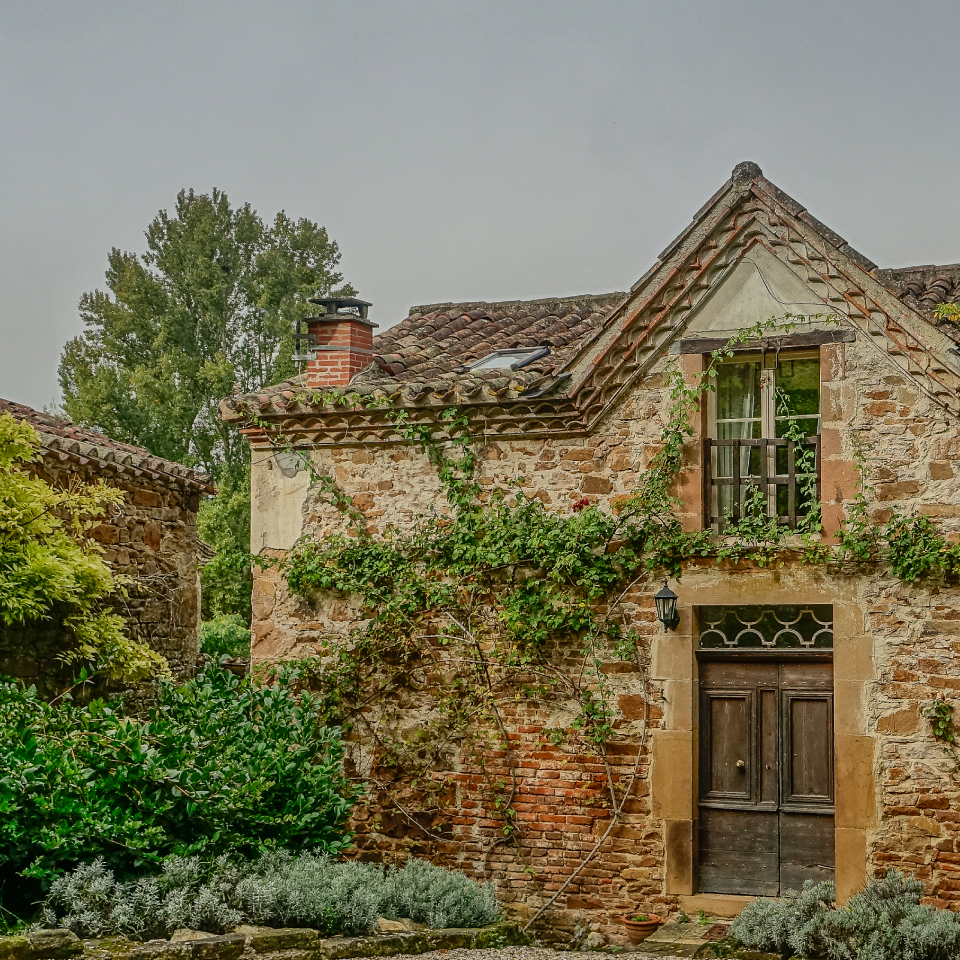In my own youth I had imagined for myself any amount of iniquity; and it was a curious experience to find that this quiet and pleasant celibate has plumbed those abysses far deeper than I.
—G.K. Chesterton, Autobiography
I have great sorrow and constant anguish in my heart. For I could wish that I myself were accursed and separated from Christ for the sake of my brothers, my kin according to the flesh. (Romans 9:2-3)
They were sophisticates.
All of them.
In this provincial hamlet nestled in the French countryside, the world was quaint in their discriminating eyes. They were sophisticates and they were looking for a saint. Father Sabiroux, the local parish priest, held aspirations of high church office and was drawn in by worldly intellectual pretensions. Dr. Gambillet, a physician, was impatient with concerns of the material, not spiritual, world. And Antoine de Saint-Marin, a public intellectual and member of the august Académie Française, wrote prolific elitist works of delicious cynicism and fashionable irony. This revered writer had graced the town with his presence after hearing word about Fr. Donissan, the Saint of Lumbres.
Seated in the oratory of Fr. Donissan’s village church, the three men preened in one another’s presence. While impatiently waiting for the priest’s arrival, the three testily engaged in haughty discussions of faith and the ways of the world. Time would pass and the conversation would grow strained. Finally, the visiting Antoine de Saint-Marin would acidly interrupt, “So we’re all three of us waiting until the saint’s good and ready to see us . . . ?”
Imagine.
And so, Fr. Sabiroux, in an attempt to mollify his irritated companions, brought them up to Fr. Donissan’s bedroom. The spare room (“a poor student’s attic,” scoffed the writer) held a narrow mattress piled high with old rags, a table laden with books, and a crucifix nailed to the wall. His “large, gaping shoes, green with age” showed their rusty nails and warped leather. But what they most noticed on the floor was a curled leather lash, like a coiled black snake, and a section of white wall “made up of a multitude of tiny spots so close together in the center that they formed a single, faded reddish-brown mass. Some were fairly new and still freshly pink; others, of a nameless color, were barely visible in the thick whitewash, seeming to have been absorbed and dried out.” While Fr. Sabiroux explained, the doctor shook his head, and the elite writer felt a shiver up his spine. They didn’t understand.
Few of these figures in Georges Bernanos’ grueling novel Under Satan’s Sun could comprehend who Fr. Donissan was and what he had endured. And yet they thought they knew. This oversized, awkward, muttering priest had witnessed (and felt) the abyss of sin in his parishioners, endured the physical trials of illness and self-mortification, and suffered searing encounters with Satan. He embodied the blackness of redemptive suffering to the point of despair. While their roads were illuminated with pleasure and ease, Fr. Donissan’s was the Via Crucis. It is the way of the saint and they did not understand.
And often, neither do we.
When the diary of Mother Teresa (now St. Teresa of Calcutta) was publicized, many readers were aghast at the despair that suffused it. Reading the Diary of St. Faustina, we see how suffering figures centrally into her life and revelations. Considering the end days of St. Maximilian Kolbe requires reckoning with the seemingly unparalleled wickedness of man. And on remembering the vibrant ministry of St. John Paul II, we are painfully chastened as we witnessed his physical collapse under withering, unrelenting Parkinson’s Disease. Perhaps Flannery O’Connor was right: faith is not a big electric blanket, but the cross.
As Bernanos’ tale unfolds, we sense the collision course of a self-impressed world that domesticates God with the true and suffering servant. In fact, we learn too vividly that the stripes of Christ are willingly born by many of his most faithful followers. In Robert Frost’s haunting poem Come In, he heard the sublime, enticing song of a thrush deep in the blackest woods, but he was too afraid to go in. So too do we desire sanctity, but fear sainthood. Sanctity is not only hard. It can be utterly shocking.
But this suffering is not in vain, for out of it comes God’s grace. St. Teresa spawned a worldwide order working among the poorest of the poor. St. Faustina revealed to us the glory of Divine Mercy. St. Maximilian Kolbe ushered his starving cellmates into eternity with the singing of hymns and the prayers of the rosary. And St. John Paul II taught a modern world that God is not dead.
Fr. Donissan would never be understood by the sophisticates. Or perhaps even by us. Sanctity, truly apprehended, is shocking. The final jarring scene of Under Satan’s Sun makes this abundantly clear. But he, and the life of every saint, suffers on the model of Christ. Their hope is to endure on behalf of their savior while leading the rest of us to the path of holiness. As Bernanos’ haunting book concludes, we hear final words of a saint:
Take everything from me, leave nothing! After me there will be another, and then another, from age to age, with the same cry on their lips, embracing the Cross! We are not the vermilion and gilt saints with golden beards simple people see in pictures, whose eloquence and sound health the philosophers would envy. Our task is not what the world imagines. Compared with it, even the constraint of genius is a frivolous game. Every beautiful life is a witness for you, oh Lord, but the witness the saints bear is, as it were, torn from their bodies with irons.
All you holy men and women, pray for us.
